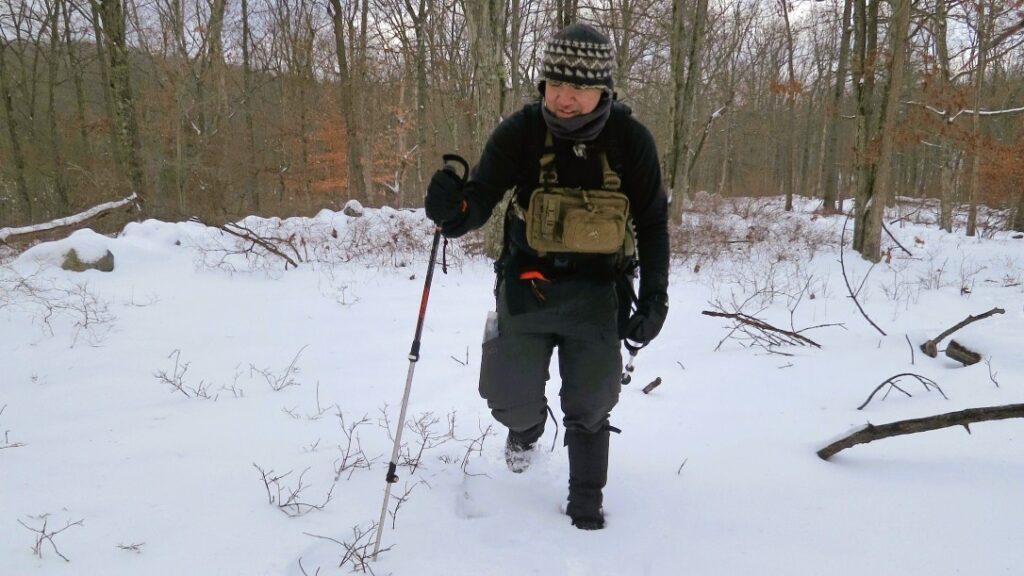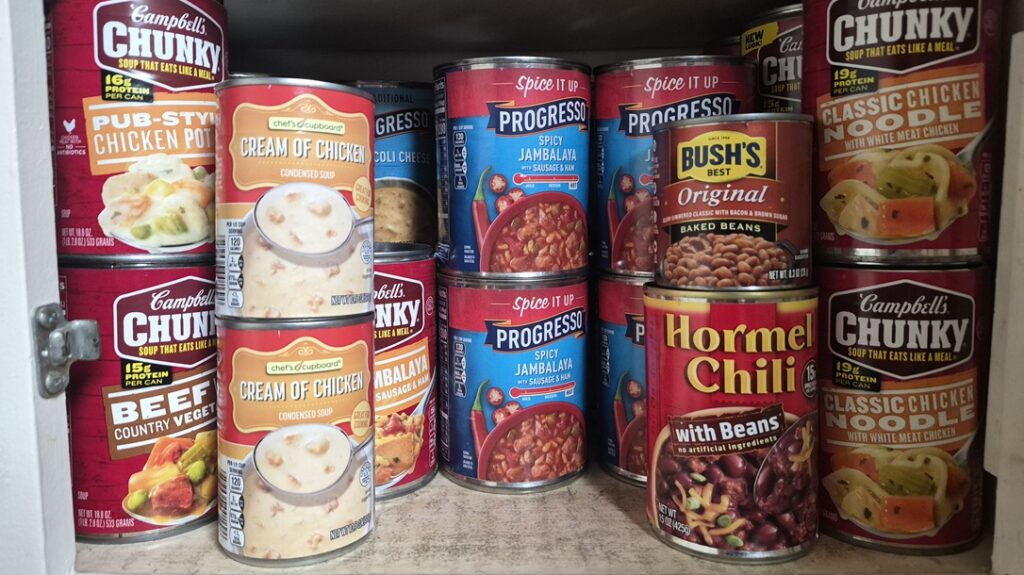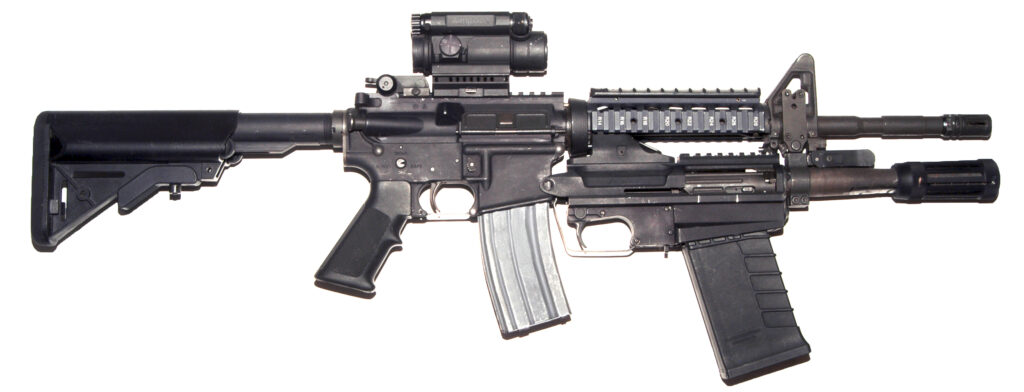In the previous installments we’ve talked about whether or not you should carry a reload, and if you do carry a reload, what the best method for carrying it is. Today we’re going to look at a couple of methods of HOW to actually reload if you do need to top the gun off. This post will have a video up to provide some visual examples.
Types of reloads
Broadly, there are two types of revolver reload methods. There is the Miculek-style, or switch-hands method, were the gun transfers from the strong hand to the weak hand during the reload, and the loading device is manipulated with the strong hand. Then there’s the weak-hand reload, where the gun stays in the strong hand the entire time and the loading device is manipulated with the weak hand. There are pros and cons to each method, and while I’ve personally found the Miculek-style reload to be more biomechanically efficient, I’ve also found that the weak-hand method is a little more intuitive for people who are experienced with semi-auto guns.
A note on moon clips
A quick note here – the reason I don’t talk about moonclips is because for very small revolvers like the LCR and J-Frame, I genuinely don’t like moon clips. When you shrink the clip that much, it becomes a lot more fragile than the clips for large guns like the GP100 or an N-frame S&W. Big guns: big thick clips which are sturdy. Little guns: tiny flimsy clips that easily bend. Hard pass.
Advertisement — Continue Reading Below
Reloading with speed loaders
Alright, now we’ll discuss reloading with speed loaders. I prefer push-style speed loaders like the Speed Beez or Safariland models over the HKS twist style loaders. While the HKS loaders are very secure, they also require you to immobilize the cylinder on a reload, which if you use a weak-hand reload creates an extra step. Regardless of whether you use a Miculek-style reload or a weak-hand reload, here are the important points. 1) get the gun as vertical as possible when you articulate the ejector rod. Whether you press it with your thumb or push it with the palm of your hand, having the gun vertical is the most important trick to getting all the naughty brass out, and it also helps keep the gun clear of unburnt powder. 2) Create a touch-index on one of the cartridges. When I grab my loader I like to get my index finger on the tip of one of the cartridges. This allows me to do a couple of things that help reloads, the first being “point” the rounds into the cylinder. We’re really good at pointing at stuff, so if I look my reload in while pointing my index finger at a charge hole my chances of success are pretty good. Similarly, by touching the cartridge I can also use this index to reload if I can’t clearly see the cylinder.
Reloading with Tuff Products Quick Strips
If you carry a Quick Strip for your reload, reloading is a bit trickier. For five shot 38 Special revolvers, I like to carry a seven shot Quick Strip loaded with five rounds – this gives me space to grab the loader with a positive grip and indexes at least two rounds regardless of which orientation the loader was in when it came out of my pocket. When I’m using strips to reload, I absolutely prefer a weak hand reload. I feel like I have better and cleaner access to the cylinder when I keep the strip in my weak hand, and can use my thumb to assist in peeling the rounds off the strip and into the gun. Subjective? Yes. The Miculek-style load does work with strips, but I’ve found it to be less efficient.
Hopefully with the help of the video, you’ve figured out an efficient way to reload your small CCW revolver. It’s important to note that unlike the Mandalorian, this is not THE way, it’s merely an example of a couple of ways. There are countless variations on how to do these reloads, and it’s worth checking out other authoritative sources like Darryl Bolke, Chuck Haggard, and others on this topic.
Advertisement — Continue Reading Below















